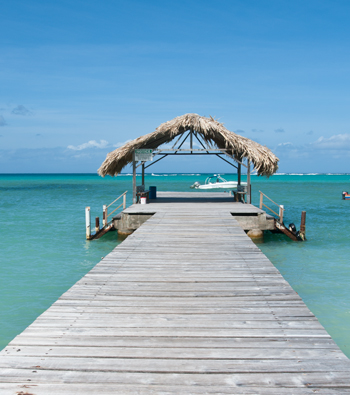 Humid environments pose a number of problems for photographers. It also tends to be overlooked because it cannot normally be seen until the moisture condenses on a cool surface. Those using film must of course protect their stock of exposed and unexposed film from excess moisture as fungal emulsion damage can start to appear in a matter of a few days or weeks. Simple but effective protection can be provided by storing rolls of film in a plastic bag containing sachets of silica gel, a readily available desiccant. It may be convenient to buy large quantities of about one kilogram, and then transfer small amounts to suitable cloth bags that are then sewn shut. The gel absorbs the moisture in the air that would otherwise penetrate expensive equipment. Note that silica gel stored in plastic bags is not effective! Once saturated, silica gel can be dried by warming in an oven for a suitable period. Some varieties are also coloured, and change colour as they absorb moisture. However, in the modern world is is certainly best to declare and explain the nature of any bags of white powder carried through border posts, airports and so on.
Humid environments pose a number of problems for photographers. It also tends to be overlooked because it cannot normally be seen until the moisture condenses on a cool surface. Those using film must of course protect their stock of exposed and unexposed film from excess moisture as fungal emulsion damage can start to appear in a matter of a few days or weeks. Simple but effective protection can be provided by storing rolls of film in a plastic bag containing sachets of silica gel, a readily available desiccant. It may be convenient to buy large quantities of about one kilogram, and then transfer small amounts to suitable cloth bags that are then sewn shut. The gel absorbs the moisture in the air that would otherwise penetrate expensive equipment. Note that silica gel stored in plastic bags is not effective! Once saturated, silica gel can be dried by warming in an oven for a suitable period. Some varieties are also coloured, and change colour as they absorb moisture. However, in the modern world is is certainly best to declare and explain the nature of any bags of white powder carried through border posts, airports and so on.
For many photographers working in tropical environments, the first evidence of high humidity levels may be revealed when a camera or lens is taken outside an air-conditioned hotel. The cool metal and optical surfaces cause condensation to form, and it may take several minutes for the affected equipment to warm up to ambient temperature and for the moisture to clear. There is little point in wiping a lens clear because condensation is likely to reappear. The best approach is to simply wait until the cool surfaces attain ambient temperature.